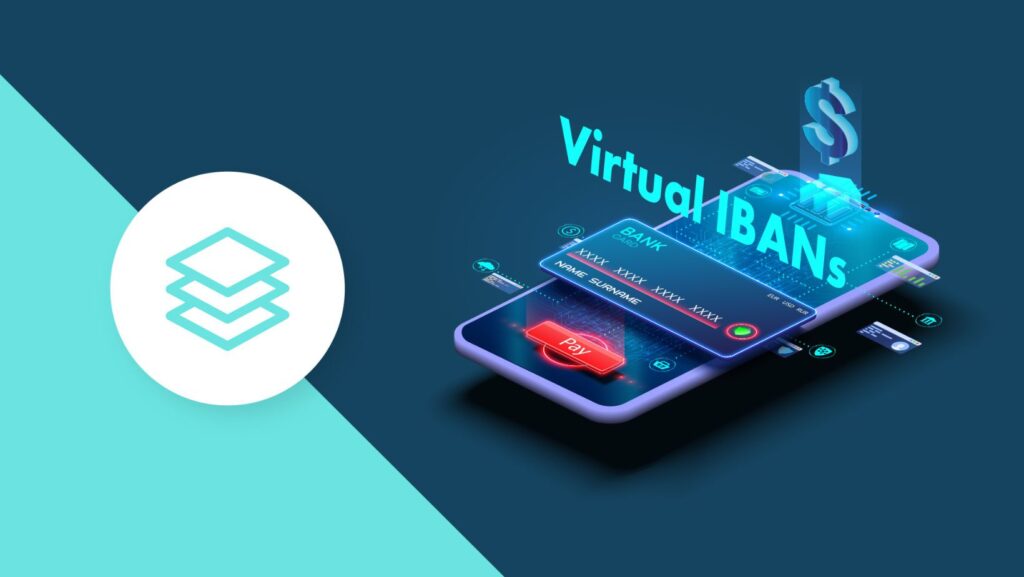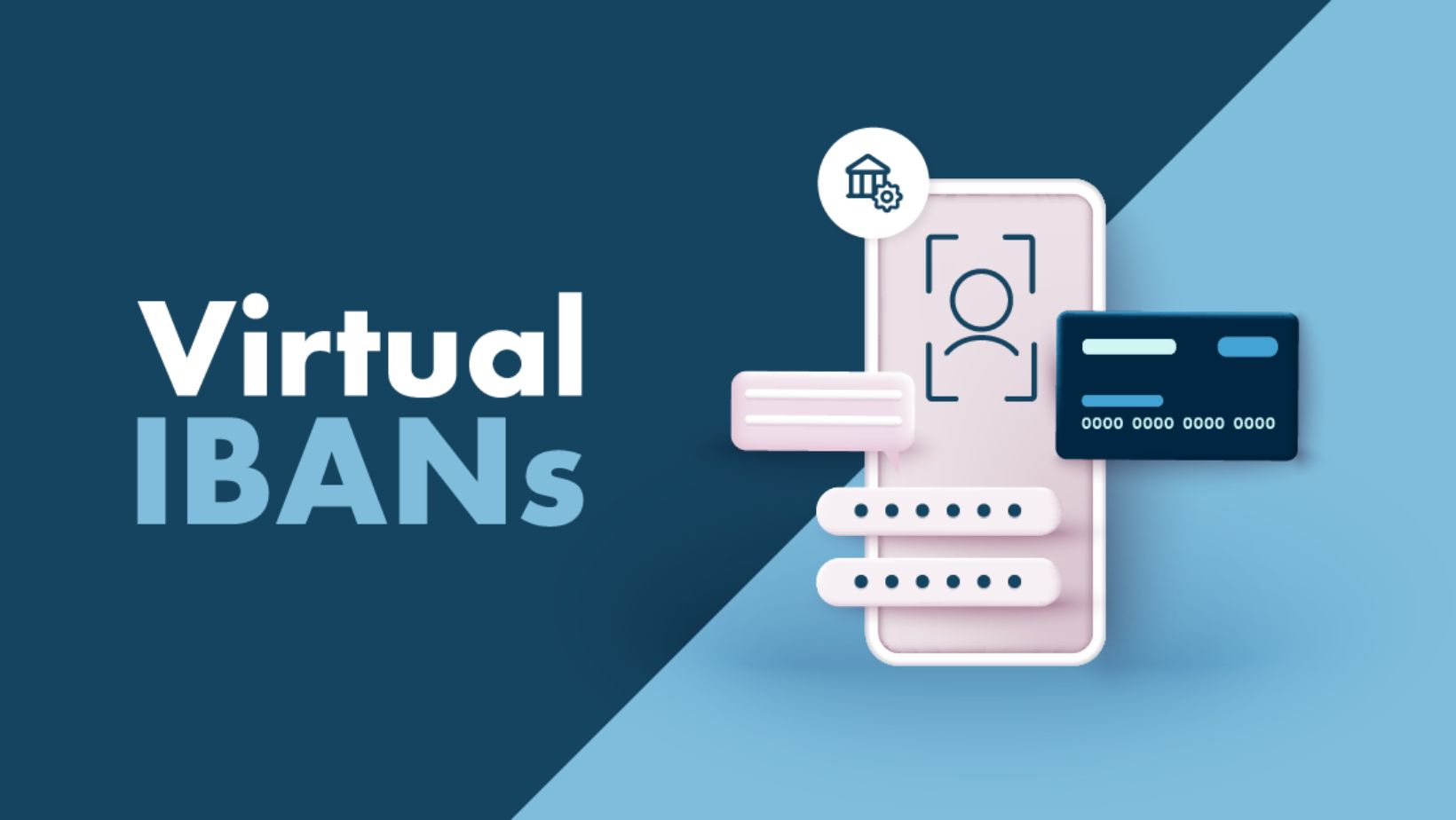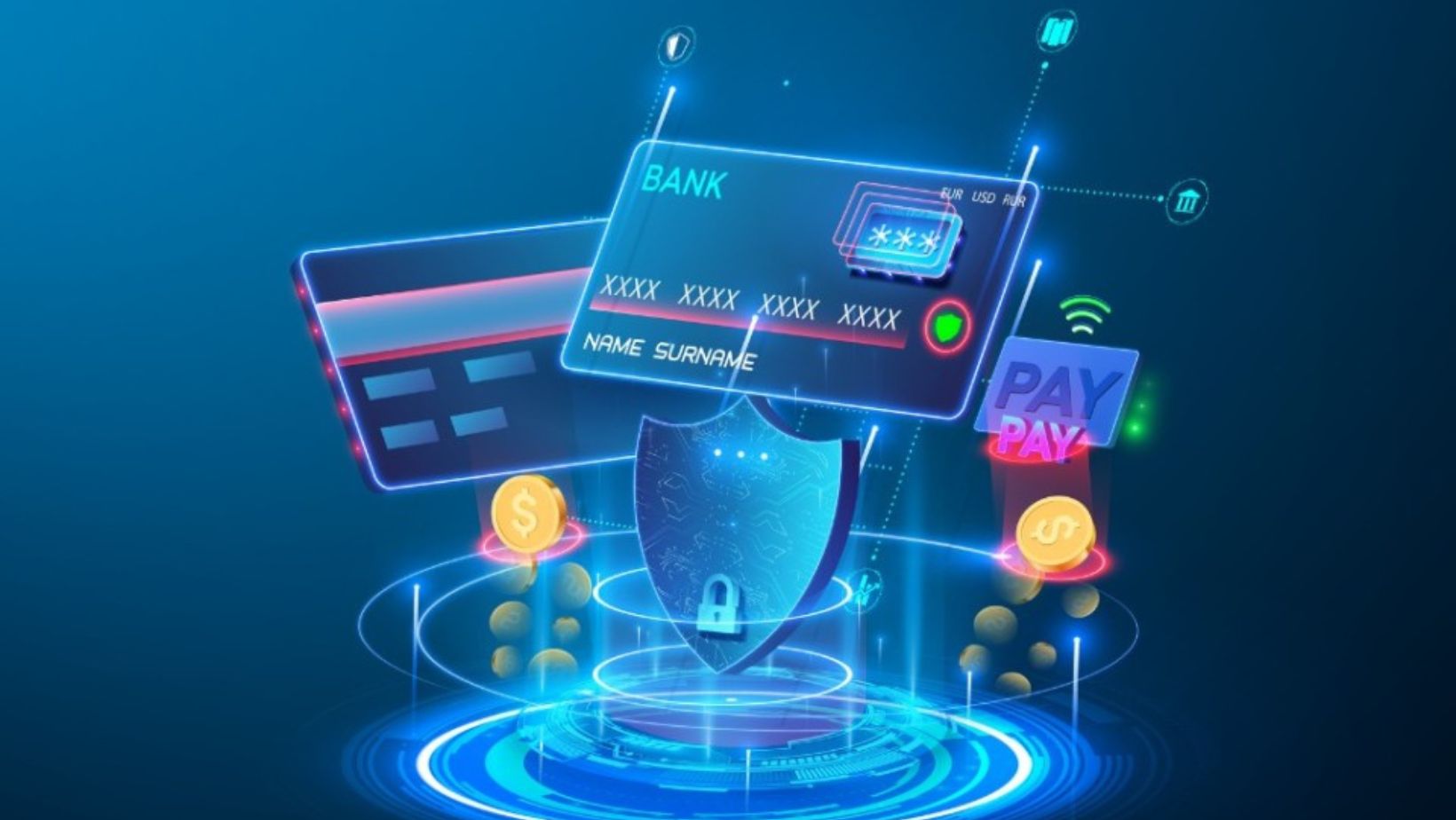
In today’s digital economy, traditional banking doesn’t always move fast enough. Businesses need smarter ways to receive and track payments, especially when dealing with multiple customers, currencies, or countries. That’s where virtual IBANs come in.
But what is a virtual IBAN, exactly? And how can it help your business run more efficiently? Let’s break it down in simple terms.
What Is a Virtual IBAN?
A virtual IBAN (International Bank Account Number) looks and works like a regular IBAN—on the surface. It’s a unique number that can receive payments in multiple currencies, just like a standard bank account. But there’s one key difference: it doesn’t represent a real, standalone bank account.
Instead, it’s linked to a master or “real” bank account. When a customer pays into your virtual IBAN, the funds are routed directly to your main account—but the system records which virtual IBAN was used, giving you a clean payment trail.
Think of it like having multiple doorbells in one house. Each one rings the same bell inside, but you know exactly which door your visitor came to.
This small shift creates big advantages for businesses handling high volumes of payments or working across borders.
How Virtual IBANs Work
Here’s a simple example.
Let’s say you run an international ecommerce business. You sell in the UK, Germany, and France. You want to accept payments in each country’s currency and track which market the money comes from. You could:
- Open a separate bank account in each country (slow, expensive, and admin-heavy)
Or use one bank account with multiple virtual IBANs, each tied to a country or customer segment
- When a German customer pays you, they use your German IBAN. That money is sent to your main account—but you know it came through your “Germany” virtual IBAN. The same goes for your UK or French customers.
Behind the scenes, everything is streamlined. On the surface, it’s fully localised. The process usually looks like this:
- Your business is assigned one or more virtual IBANs
- You assign them to specific customers, currencies, or regions
- Customers pay into the virtual IBAN as if it were a regular account
- Funds are received in your main account, automatically tagged and reconciled
No more manual tracking. No messy reference numbers. No confusion about where payments came from.
Benefits of Using Virtual IBANs
Now that we’ve answered what a virtual IBAN is, let’s explore why businesses are using them more and more.
Smarter Payment Tracking
With traditional bank transfers, businesses often rely on reference fields or manual reconciliation to match payments to customers or invoices.
Virtual IBANs eliminate that problem. Each client, campaign, or market can get a unique IBAN. That way, when a payment arrives, you know exactly who sent it and why.
This saves time, reduces human error, and simplifies your financial operations.
Faster Settlements
Some virtual IBANs work over local payment networks, which are often faster than international SWIFT transfers. That means quicker access to your money.
Faster payments help with:
- Improving cash flow
- Speeding up order processing
- Avoiding delays in time-sensitive transactions
Multi-Currency Flexibility
Virtual IBANs support multiple currencies, which is ideal for businesses with international customers or suppliers.
You can receive payments in EUR, GBP, USD, or other currencies without needing to open separate accounts in each country. Some setups also help you hold funds in different currencies or convert them at better rates.
Better Customer Experience
If you give your customer a local IBAN in their own country and currency, you remove friction. They avoid international transfer fees and feel more confident making the payment.
That’s especially helpful for B2B companies, service providers, or platforms where trust and professionalism matter.
Cost Savings
Opening and maintaining multiple bank accounts is expensive. So is dealing with cross-border transaction fees, payment delays, and manual reconciliation work.
Virtual IBANs help you reduce those costs, while also giving you enterprise-level control—without the complexity.
Who Should Use Virtual IBANs?
While virtual IBANs can be useful for many businesses, they’re especially valuable in certain situations.
International Businesses
If you accept payments from customers in different countries, virtual IBANs let you act like a local business—without needing local banking infrastructure.
You get faster, cheaper, and more trusted payment flows.
Marketplaces and Platforms
If you operate a platform that collects money on behalf of multiple sellers, virtual IBANs make payment management easier. You can assign a unique IBAN to each seller, so you always know where funds belong.
That means easier reporting and payment splitting, cleaner audits, and more transparency for your merchants.
Subscription and SaaS Companies
Tracking subscription payments can get messy, especially when customers forget to include references. With virtual IBANs, each customer can pay into their own dedicated account—no confusion, no chasing.
This also works well for businesses offering pay-as-you-go services or invoice-based billing.
Payment Service Providers and Fintechs
If your business supports other businesses with payments, virtual IBANs are often part of the infrastructure. They allow you to route and tag incoming payments at scale without opening hundreds of real accounts.
Getting Started with Virtual IBANs
If you’re exploring virtual IBANs for the first time, here’s what to consider.
1. Choose the Right Provider
Not all financial platforms offer virtual IBANs, and the features can vary. Some providers focus on speed and simplicity, while others offer advanced reporting, FX tools, or local banking access.
Make sure the provider supports your markets, currencies, and business model.
2. Think About Your Use Case
Do you want to assign virtual IBANs to customers, locations, or services? Will you need multi-currency support? Will the payments be one-time or recurring?
Clear answers help you set things up efficiently from the start.
3. Keep Compliance in Mind
Even though virtual IBANs don’t represent standalone accounts, they still sit within a regulated financial framework. Make sure your provider follows KYC, AML, and local compliance rules—and that you do too.
This helps avoid risks and ensures a smooth experience for both you and your customers.
4. Test Before You Scale
Start small. Assign virtual IBANs to a few customers or regions. Test the flow, speed, and reconciliation process. Once you’re confident, roll it out to more segments.
This way, you can fine-tune as you go and make sure it fits your business operations.
Final Thoughts
So, what is a virtual IBAN? It’s a modern tool that gives businesses more control over how they receive and manage payments.
It doesn’t replace your main bank account—it enhances it. With virtual IBANs, you can track payments better, simplify reconciliation, reduce costs, and offer a smoother experience to your customers.
If you’re handling payments across regions, clients, or currencies, now’s a good time to explore what this solution can do for your business.




